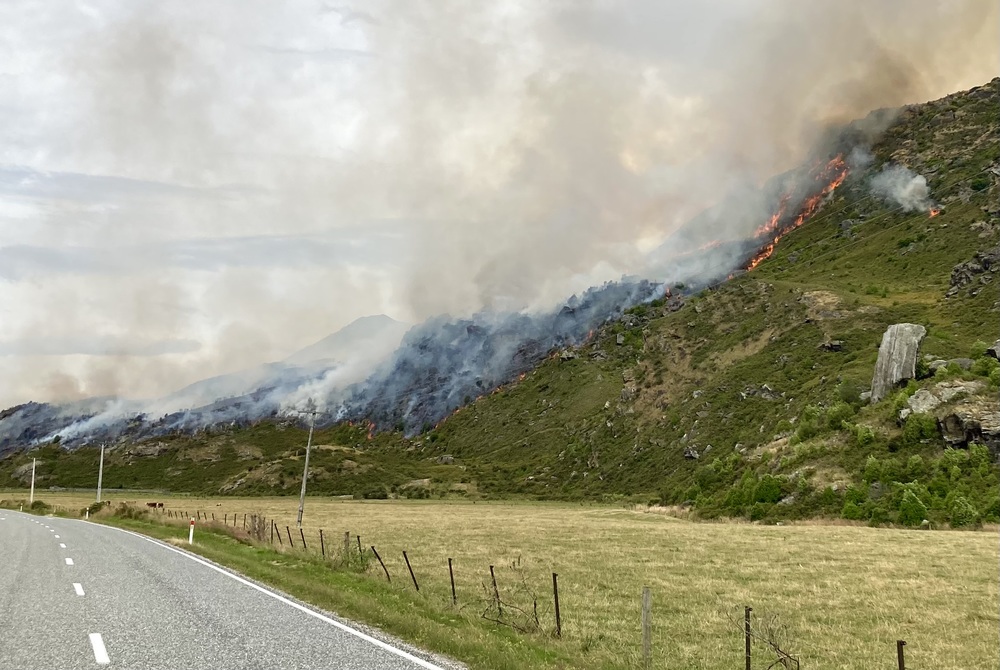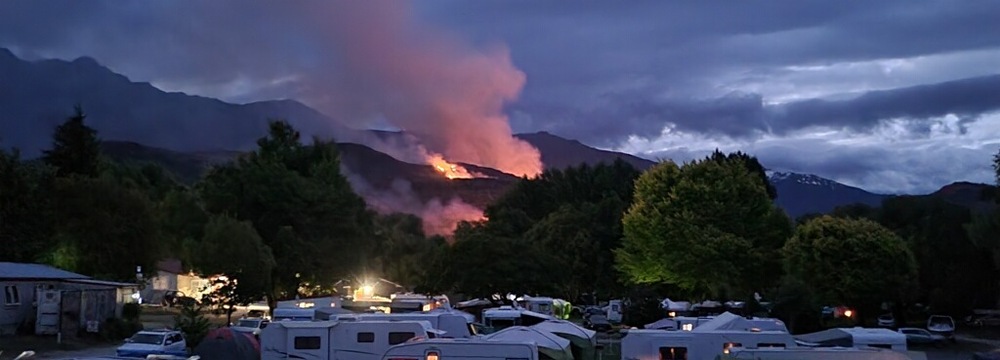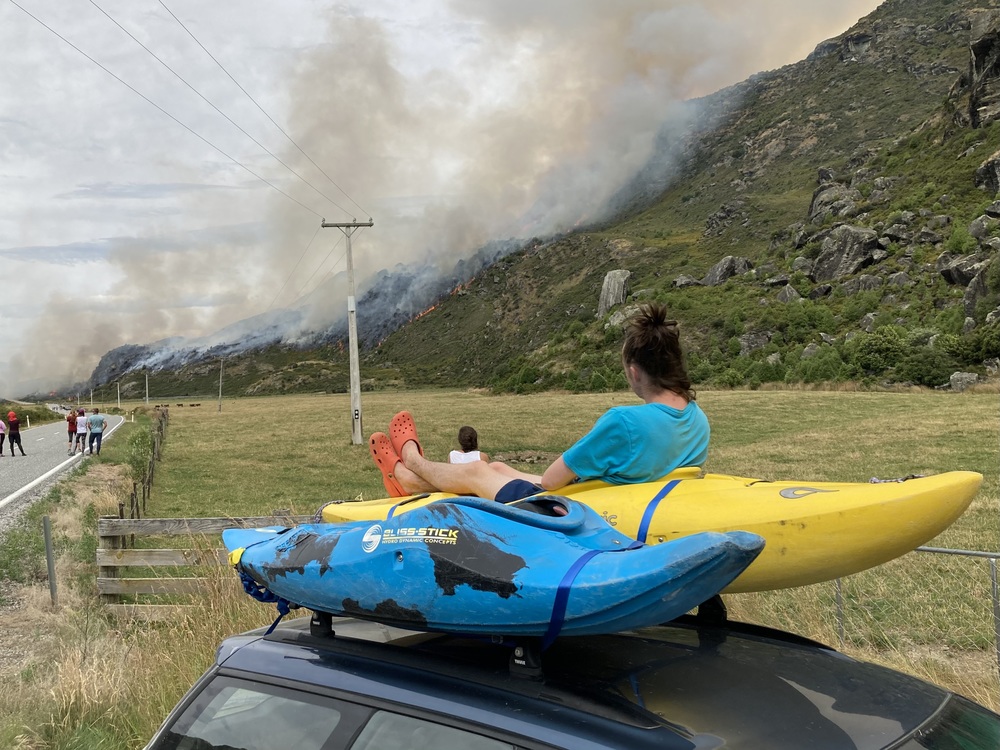Emerald Bay fire damages estimated 200ha of bush
Sue Wards
09 January 2022, 8:06 AM
 Fire damage on the south side of the road at Emerald Bay.
Fire damage on the south side of the road at Emerald Bay.A fire investigator will be on the scene tomorrow (Monday January 10) of the fire burning an area of regenerating bush at Emerald Bay near Glendhu Bay.
Ground crews supported by helicopters continued to fight the fire into the evening.
Fire and Emergency incident controller Jason Sarich said the fire was burning an estimated 180-200 hectares of regenerating bush and was not yet contained.
There are 10 appliances and eight helicopters fighting the fire and another aircraft coordinating the air attack.
The aircraft will be stood down from 9.30pm this evening but some of the ground crews will stay on the scene to monitor the fire.

Flames moving up the hill opposite Emerald Bay.
A windshift is forecast which could move the fire closer to a small number of properties at Emerald Bluffs.
Jason said fire personnel had been in touch with those residents to alert them to the situation.
Fire and Emergency is also liaising with Police and Emergency Management Otago in case precautionary evacuations are required.
Emergency services were called out around 2pm today and a number of appliances and five helicopters responded.

The fire on Sunday night as viewed from the Glendhu Bay Camping ground. PHOTO: Chris Leith
The Wānaka Mt Aspiring Road was closed at Glendhu Bay while emergency services fought the fire, and there was a large back up of vehicles and people at Hospital Flat until the road reopened at approximately 6pm.
Members of the group waited for hours while watching the fire come closer as the wind switched direction to the east, before the northerly resumed.

Canoe with a view: Sean Souness of Christchurch watches the fire fighting from Hospital Flat.
Helicopters flew over the crowd and dropped monsoon buckets on the flames which spread up the hill through the regenerating native bush.
A number of relatively new rock climbing areas are likely to have been damaged in the fire, including Jurassic Park and Te Papa. The more established Cattle Yard Crag may also be damaged.
A fire in October 2019 in the Hospital Flat area highlighted the vulnerability of the area’s vegetation, which had been regenerating over the past ten to 15 years.
Read more: vegetation loss highlights vulnerable area
The area had previously been mainly bracken, with a first phase of native species regeneration.
PHOTOS: Wānaka App





